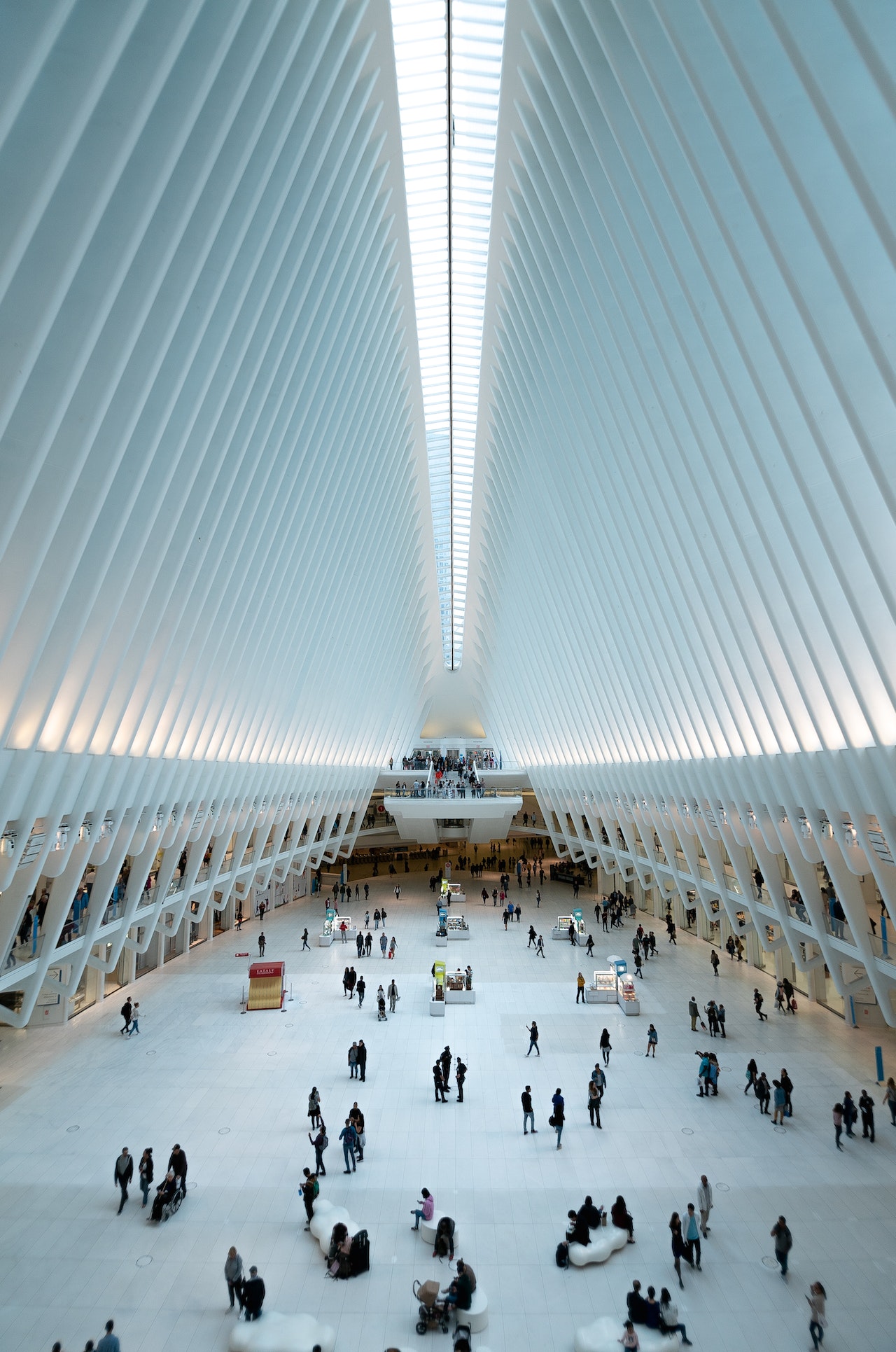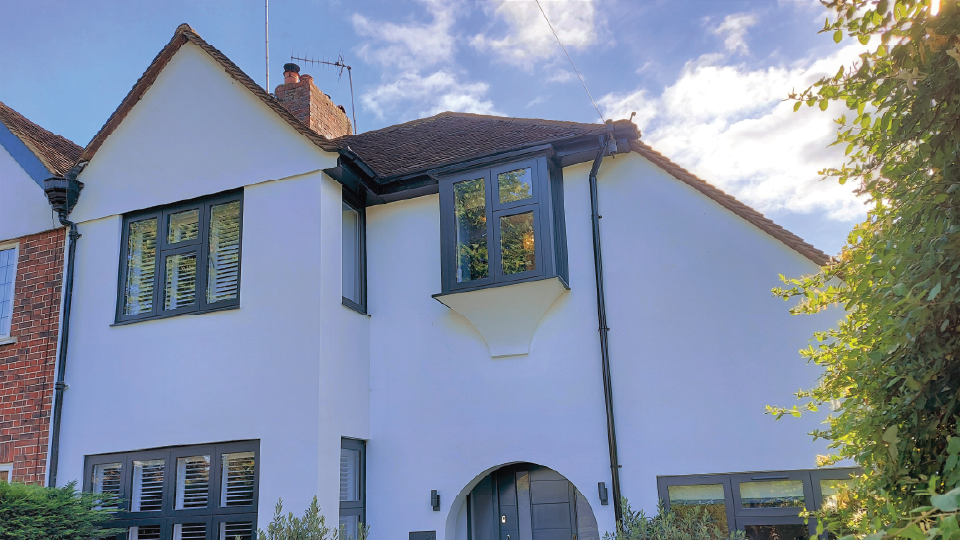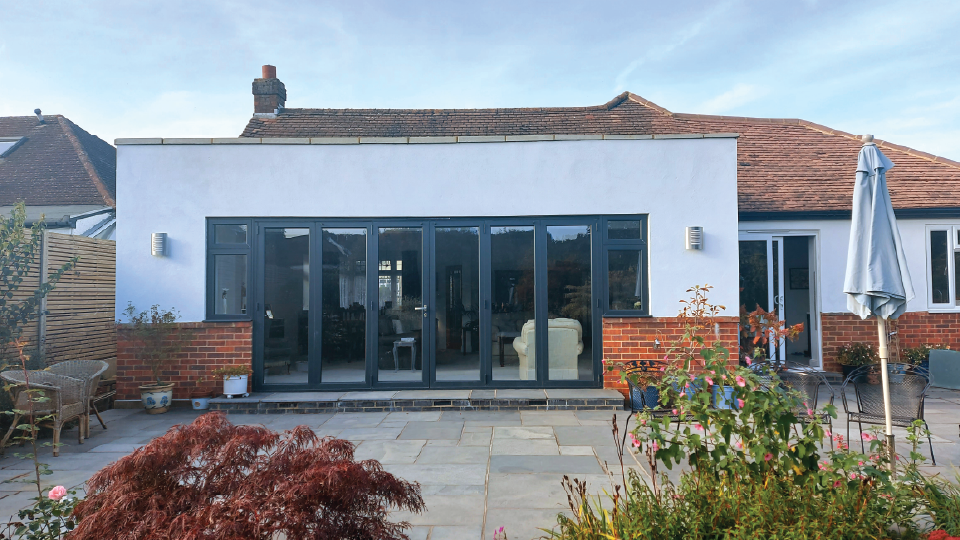What Is Post-Modern Architecture?
What Is Post-Modern Architecture?
The term ‘Modernist’ Architecture, as we wrote in our blog post of March 7 this year, is now truly misleading. By the end of the 20th century, modernism had largely fallen out of popularity in the UK. Ironically, therefore, modernism was sliding into history (although the movement undoubtedly remains hugely influential today). Architects were looking for new approaches, so ‘Post-Modern’ came next. What is ‘post-modern’ architecture? Where can we find post-modern structures, and could a little post-modernism help that building project you are planning?
Post-modernism emerged in the 1960s, pioneered most notably by the architect Robert Venturi (American, born in 1925) and then developed by architects including Michael Graves (American, 1934-2015) and Frank Gehry (Canadian-American, born in 1929). As the name suggests, the movement was a direct response to modernism, which was the dominant global architectural style of the 20th century. The post-modernists particularly disliked the austerity, formality and lack of variety in modernist architecture. Instead, colour and decoration became fashionable. The pragmatic principles of modernism were not all rejected but post-modernists sought to add a little fun to the functionality. Buildings started looking a lot less like machines.
So how exactly do we recognise post-modernist architecture? Key elements include:
• Placing great importance on the facade of the building;
• Classical motifs, literary allusions and historical references;
• Bright colours;
• The subtle use of unconventional materials, and;
• Structural variety.

Intrigued? You can find fantastic post-modern architecture across the world nowadays, so let’s take a look at just a few of the finest examples:
• Guild House (Philadelphia, Pennsylvania: VSBA Architects and Planners/Robert Venturi). First occupied in 1964, providing housing for the elderly, Guild House is one of the earliest expressions of post-modernism. The building may not look particularly revolutionary now but even the large arched window can be seen as a rejection of the modernists’ love of rectangular shapes. Does the lettering at the front, bearing the name of the building, need to be quite so large? Clearly not, the letters are arguably at least as much ornamental as functional, whereas the modernists sought to minimise ornamentation. Venturi’s decision to place a fake golden television antenna on the roof of the building, as a playful reference to the main hobby of the elderly residents, was a sign of the post-modernists bringing a new sense of fun to architecture.
• Team Disney Building (Burbank, California: Michael Graves Architecture & Design). Talking of fun, the next time you are passing through California (and we assume a jet-setter like you is always passing through California), take a look at the Team Disney Building. Snow White’s seven dwarfs holding up the roof is a great example of post-modern wit.
• The Binoculars Building (Los Angeles, California: Frank Gehry). We mentioned the importance of facades to post-modern architects and the iconic binocular-shaped entrance to this building is indeed one of the most famous facades in the world. The fact the other parts of this commercial office complex, opened in 1991, look nothing like binoculars ticks the post-modern box of structural variety.
• The Secret Intelligence Service (SIS) Building (London: Farrells). The home of James Bond and the Secret Intelligence Service since 1994 is, ironically, one of Europe’s most famous buildings. The fact post-modernists love historical allusions explains why the 20th-century design actually reminds you of ancient Mayan and Aztec temples.

Does your company need a new office building? Are you planning a home extension, or a whole new home? Whatever your requirements (and even if you don’t want Disney characters holding up the roof), a few post-modern decorative flourishes might help to make your next architectural project truly unique.
Here at Greenway Associates we have over 23 years’ experience, and work hard to keep abreast with the best in design technology and planning policy. Whatever you are looking for, please get in touch for more advice at Greenway Associates or call us on 01737 652737.
RECENT PROJECTS
At Greenway Associates, we have completed over 2,000 architectural design projects





